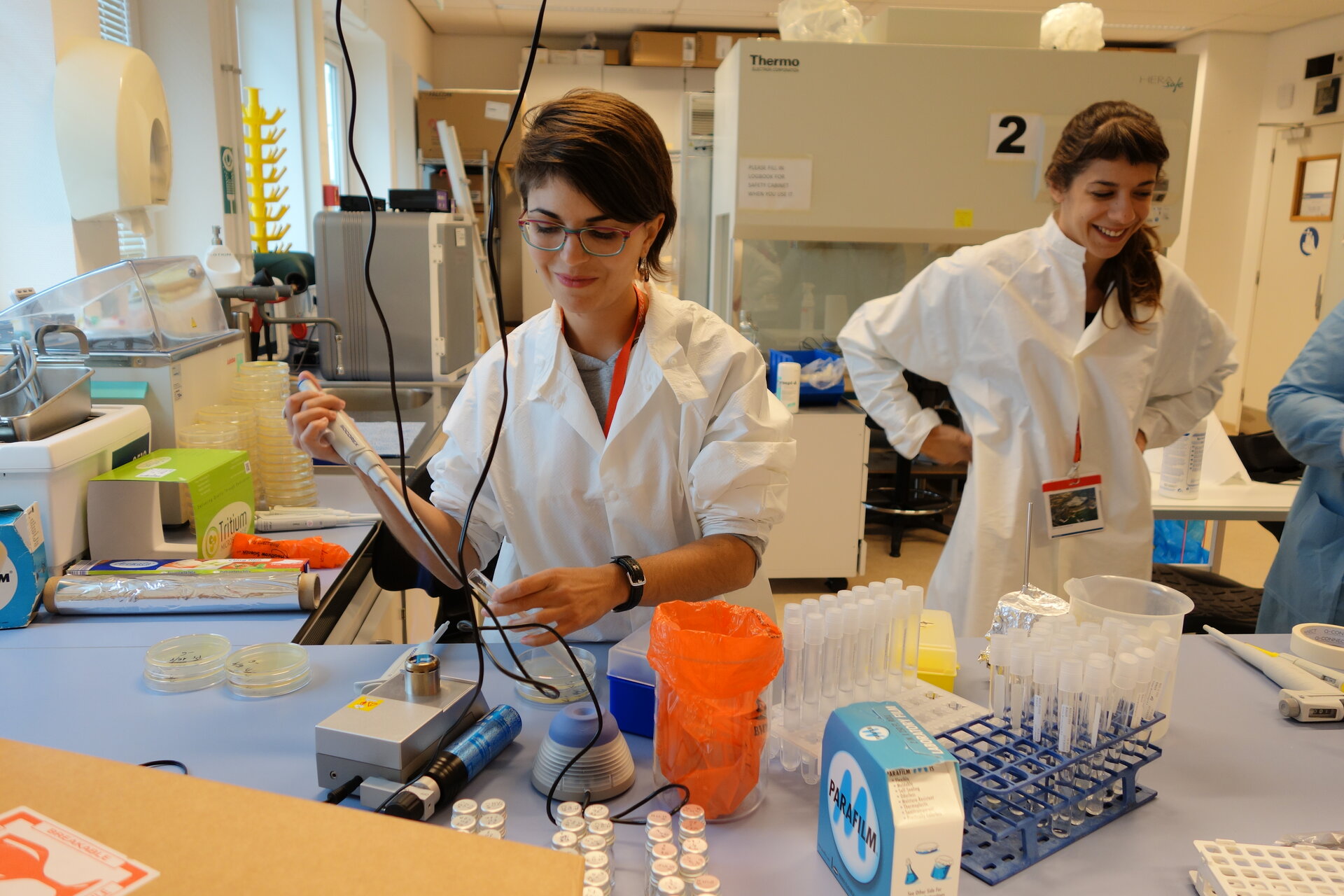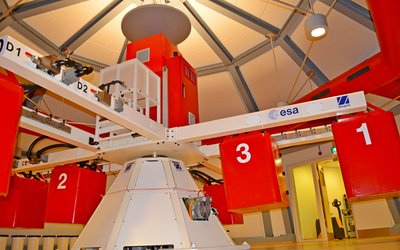Revolutionary science during the 6th Spin Your Thesis! campaign
Another four teams of University students successfully completed their investigations under hypergravity last week in ESA’s Large Diameter Centrifuge or LDC. For the past 6 years, ESA education has exploited this resource, thus complementing the vast range of platforms for gravity related research from micro- to hypergravity available to students.
The LDC was built in 2008 in the European Space Research and Technology Centre in the Netherlands specifically for research purposes focussing on altered gravity environment experiments. Through the Spin Your Thesis! programme students can competitively gain access to the facility and run their research projects.
Benefits of hypergravity
There are numerous advantages to performing research in the LDC, g levels can be meticulously controlled for extended periods of time (up to 6 months’ time - although no experiment has required this to date) with a constant supply of power, gas or liquids making all sorts of experiments from physics to biology possible. Most researchers are interested in performing science in less than 1g (Earth’s gravitational force): however, for a complete investigation, conducting experiments in hypergravity is highly desirable. These measurements can reveal surprising and, sometimes, unexpected data. Such was the case for several teams at this Spin Your Thesis! 2015 campaign.
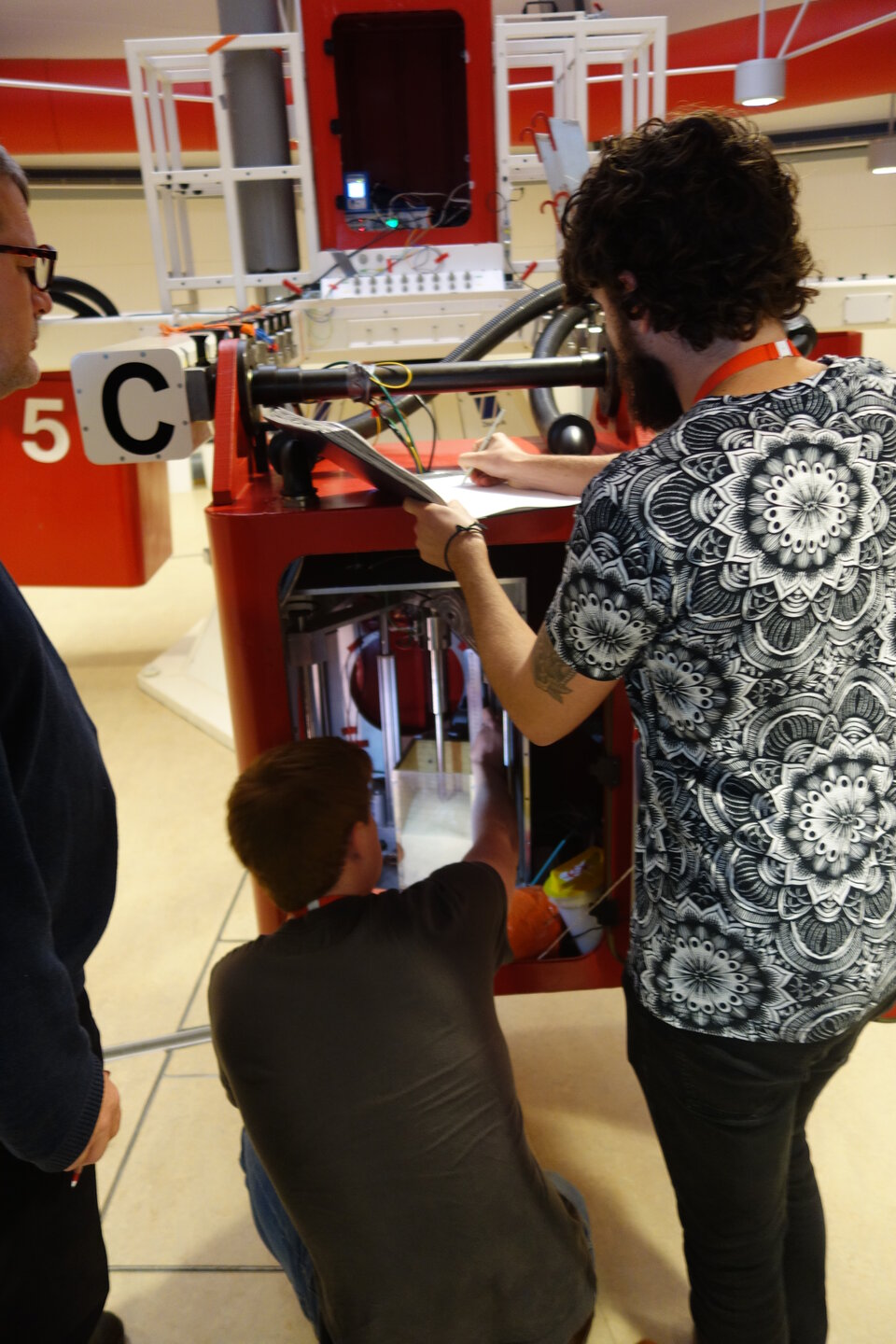
More about the teams
First to complete the allocated two and half day runs in the centrifuge was a team from the University of Glasgow in the United Kingdom called Dynamics. The students were interested in finding the optimal amplitude of ultrasonic frequencies, which would facilitate penetration into regolith, thus lowering the total power consumption needed. Therefore, they drilled into sand with a vibrating probe, measuring the needed force and power consumption changing the amplitude at differing g levels. The sand in hypergravity was more viscid than expected, leading to changes in the experiment procedure. Interpolating the hyper-g results could yield interesting data for exploration missions within our own solar system.
The second team, LINVenus from University of Florence in Italy, sought to complement previous data that investigated altered electrical signals in a plant model using Venus Flytraps. The dependence on culturing flora on missions where humans travel deeper into space is clear and a lot of effort is being invested in this type of research. The team had two experiment setups: the first was investigating electrical signals from plants, whilst the second measured the time taken for trap closure. In a previous campaign the LINVenus team have showed that microgravity slows the plants’ response to stimulus, whilst now it seems hypergravity increases the rapidity of impulses.
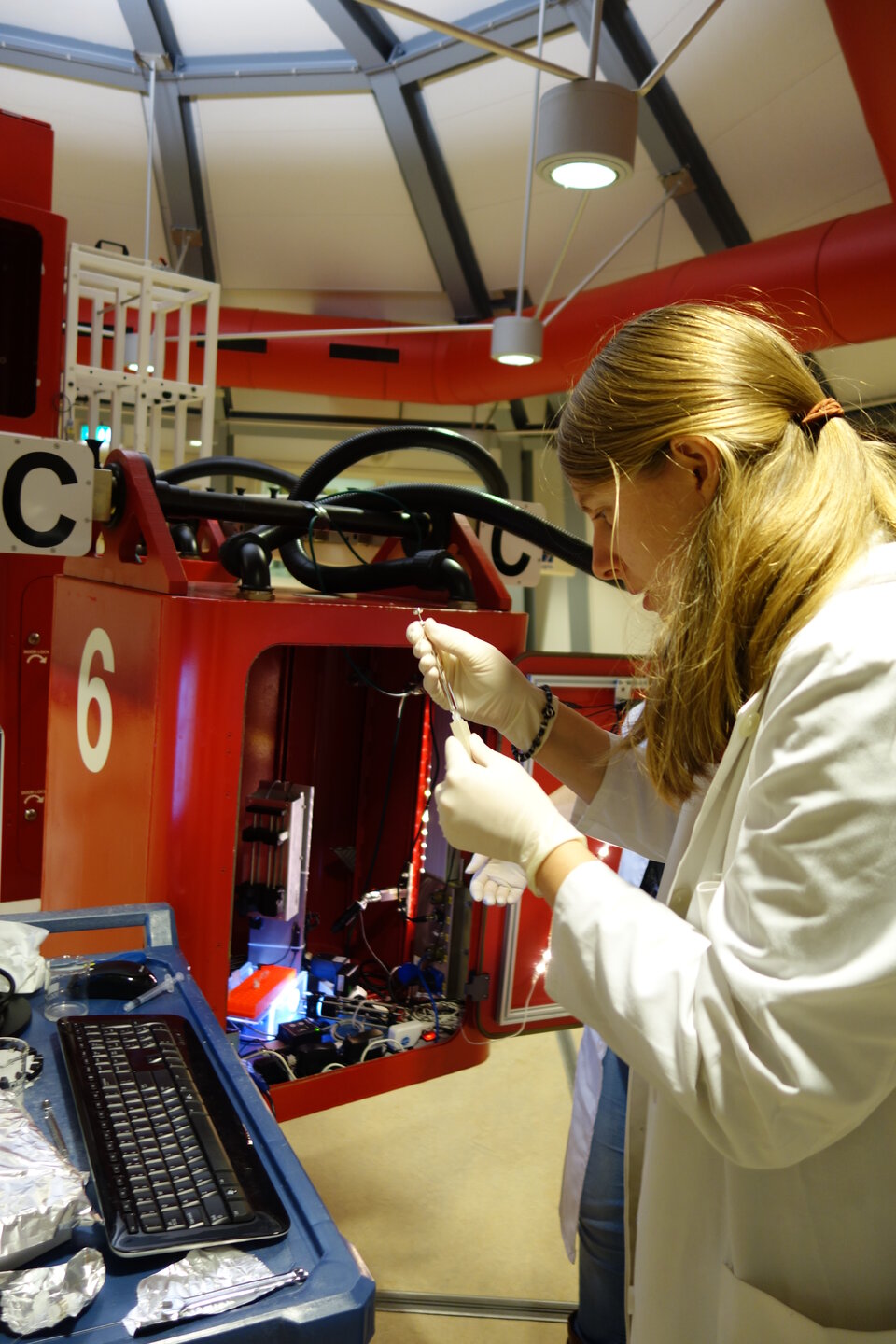
The third team participating in this year’s campaign was HyperMed from University of Bucharest, Romania. This team investigated the wetting properties of special laser-activated bactericidal solutions onto various surfaces at different gravity levels, by capturing high speed videos of falling drops. The creation of liquid drops in hypergravity was very different than in their lab experiments. Their goal is to define suitable ways of sterilising spacecraft in space exploration missions.
Again on the theme of bugs in space, the fourth team, MAH from Aristotle University of Thessaloniki, Greece was investigating two important properties of bacteria, motility and heat resistance in altered gravity. The motility was measured by capturing video using a sophisticated remote-controlled microscope whilst the heat stresses were applied by incubating the bacteria in a hot oil bath. Bacteria have been shown to modify their gene expression profiles to adapt to their new environment and these adaptations reveal several novel pathways, which could be targeted for antibiotic purposes.
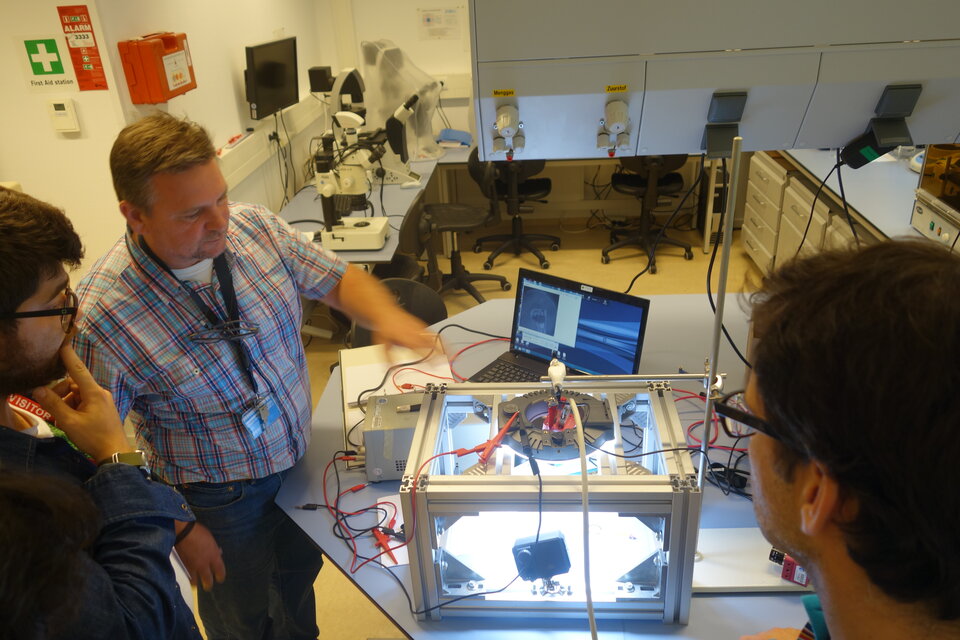
Expect the unexpected
For several months preceding the 2-week campaign in ESTEC, the teams furiously prepared their hardware to the specifications of the LDC. Whilst the gondolas (the swing-out structure into which the experiment is integrated) offer ample space for equipment, the relative g forces pose challenges, which the teams have to counter using innovative engineering solutions. However, as much as the teams tried to anticipate problems they would be confronted with, there were always unexpected issues to be contended with ‘on the spot’. With the support of technical staff at ESTEC and the ESA Education team, all these unforeseen issues were quickly resolved and excellent data was obtained for all experiments. Science wouldn’t be quite so exciting if all went according to plan all the time.
Want to participate?
If you or your student colleagues would like to participate in the next Spin Your Thesis! campaign due to take place in September 2016, you have until November 15th 2015 to submit your experiment proposal. Follow the links on the right of the page for more information.


